Sony has been vying to steal some market share from Canon and Nikon for some time, but, while their innovation and impressive spec lists have been widely applauded, the Sony E mount has lacked a competitive lens selection. In some ways that remains true (particularly in the telephoto department), but there has been a significant shift in 2018 that signals better days ahead. Likewise, while Sony cameras (like the a7R3 and new a73) are very competitively priced, and, while there are some very good lenses for Sony FE, they tend to be more expensive than their Canon or Nikon counterparts, which completely offsets the value of the camera bodies themselves. What has been seriously missing are the competent and yet affordable options – a niche often filled by the third-party lens manufacturers. But outside of Zeiss (high end) and a few Samyang/Rokinon (lower end) lenses, there hasn’t been any serious third-party support of the FE mount. Fortunately, that is changing, with both Sigma and Tamron releasing lenses for Sony FE. Of all the recently announced options, however, probably none is more important than the freshly developed Tamron 28-75mm f/2.8 RXD (A036). The 28-75 RXD has the potential to be a system seller for several reasons.
One of the first reasons is price. The lens comes to market at a very reasonable $799 in the US Market, nicely filling the gap between the highly mediocre Sony FE 28-70mm f/3.5-5.6 ($398) and the excellent but exceptionally expensive Sony FE 24-70mm f/2.8 G Master ($2199) that I’m concurrently reviewing. The Tamron 28-75 RXD, as we will see, is much closer in performance and features to the latter than to the former. For many buyers this price occupies a sweet spot for affordability.
The second reason is size. The 28-75 RXD is designed from the ground-up for Sony FE, and, as a result, is a much more attractive size/weight for mirrorless than the Sigma ART lenses getting an FE retrofit (existing DSLR lenses are getting a new Sony FE housing and tweaked focus motor, but are, if anything, slightly larger and heavier than their Canon EF and Nikon F mount versions). In fact, the Tamron lens is a much more natural fit on something like the a7R3 or a73 than the 24-70 GM lens.
The third reason is performance. My tests of this lens (which we will explore in detail), where I directly compare it to the nearly 3x-as-expensive G Master lens, reveal that while in most areas the G Master is superior, it is not by a large margin. Many photographers will consider this a “90% of the performance for 36% of the price” proposition.
So, on paper, the Tamron 28-75mm f/2.8 RXD is the kind of lens that could help push a lot of photographers into the Sony camp and help sell a lot of Sony a73 bodies. Is it up to that challenge? Read on to find out!
Prefer to watch your reviews? Here’s my full video review:
Check me out on: Google+: | Facebook: | Twitter: | Flickr: | 500px: | Sign Up for My Newsletter :
Build and Design
While the 28-75 RXD can’t compete with the G Master lens in an absolute sense when it comes to build, it is actually a very nicely built lens. I’ve heard some people dismissively refer to it as having a build like the “cheap kit lens”, but this is clearly from those who have not handled both the 28-75 RXD and 28-70 Sony FE lenses. The Tamron actually employs mostly lightweight metals in the barrel, and includes premium features like weather sealing (with not only a rear gasket but internal seals at 6 different spots according to this diagram from Tamron) along with an expensive fluorine coating on the front element.
It is far from a kit lens-type build, and only when comparing it directly to the much more expensive G Master lens does it seem less premium, though at no time does it come across as a budget lens.
The only real physical limitation, in my opinion, is a lack of any kind of switch on the barrel for AF/MF. I enjoy a physical button like this on Sony FE mount lenses because it saves going into the menu and allows you to make this change on the fly. The G Master lens has this along with the very useful Focus Hold button that, to my knowledge, has not been seen on any non-Sony branded lenses. The Focus Hold button can be customized like other buttons on the Sony camera bodies, enabling you to map something very useful like Eye AF to that button.
The upside of the lack of any switches is that the 28-75 RXD has a very clean and modern physical appearance. The barrel has a satin black finish interrupted only by the focus and zoom rings. The profile of the lens is rather long and slender and is very different from a lens like Tamron’s own 24-70nn f/2.8 G2 lens. The 28-75 RXD is only 2.87” (73mm) in diameter, but is 4.64” (117.8mm) in length. It weighs in at a moderate 1.21 pounds (550g), which balances easily on bodies like the Sony a7 series (where it will most often find a home). It has a very common 67mm front filter size. This feels like a lens purpose-designed for Sony FE, and is a much more natural fit than what many of the Sigma FE lenses will be, as they were first designed for DSLRs (where they were already on the large side, anyway).
This is dwarfed by the much larger 24-70mm f/2.8 GM lens, which is 3.45” (87.6mm) x 5.35” (136mm) and weighs a hefty (and near top of the class even for DSLR lenses) 1.95lbs (886g). It has the now standard 82mm front filter thread size (a size unheard of when the Canon 24-70mm f/2.8L II launched with it). The G Master is a large lens in every sense of the word, and there were a lot of disappointed people when they realized that such a lens for mirrorless wouldn’t be any smaller than the DSLR counterparts. For those who envision mirrorless as being a smaller, more compact system, the Tamron 28-75 RXD will be a breath of fresh air.
The 28-75 RXD has the requisite 9 rounded aperture blades which will enable round circular highlights even with the lens stopped down, though, as we will see, the lens does suffer the fairly common deformation of circular shapes near the edge of the frame (they become more cat-eyed there). The lens also received Tamron’s BBAR coatings on elements to help reduce flare and improve contrast.
Everything works as it should, with the zoom ring functioning smoothly. A single inner barrel extends a small amount when zoomed towards the telephoto end, and there is no evidence of any wobble nor any inclination towards “zoom creep”. The friction/damping is just about right on this ring. The zoom ring is towards the front of the lens, and is wide, deeply ribbed, and very easy to find.
The manual focus ring is much slimmer and is closer to the lens mount. Like all mirrorless autofocusing lenses, the manual focus action is a “focus by wire” system where input on the manual focus ring is routed through the focus motor to actually produce focus changes. There is no mechanical coupling to the elements. I’ve actually been fairly happy with the implementation of “focus by wire” on many Sony lenses (including this one), as the damping is fairly good and input lag (a lag between your input on the focus ring and the actual focus action) doesn’t seem to be an issue. I find it easy to refine focus, and, if you are in MF or DMF focus modes, the camera will detect when focus input is made and will automatically magnify the image on the LCD or in the viewfinder to help you visually confirm correct focus. It works quite well…unless you are focusing off-center. If that is the case, you are better off to click the focus magnify button (wherever you’ve got that mapped on your camera), and select the appropriate area before actually magnifying the image).
If you aren’t in MF or DMF modes, input on the focus ring will do nothing. That, combined with no tactile input on either the minimum or infinity “stops” are my continued gripes against focus by wire.
The lens comes with a standard petal-shaped lens hood that is ribbed on the interior to help keep stray light from bouncing around. It’s nothing special, but it does the job just fine. No case or lens pouch is included.
One unique feature (and advantage over the GM lens) is that the Tamron offers two different minimum focus distances and maximum magnification figures. A typical zoom lens has a single minimum focus distance and determines it’s maximum magnification based on the telephoto end. The Tamron 28-75 RXD, however, has two MFDs (one at the wide end, and another at the telephoto end). The telephoto end is an excellent (class leading) MFD of 39cm (15.4″) and a resulting magnification of 0.25x (1:4 ratio). This is class-leading, yes, but only by a small margin over the GM lens (0.24x). What is interesting, however, is that on the wide end (28mm) you can focus down to 19cm (7.5″) where you have an exceptional 0.34x magnification (1:3 ratio). Take a look at how much more magnified the subject is at the wide end MFD.
I love the extra level of versatility this provides, and consider this to be a huge asset for wedding photographers, as they can get in very close with the lens and use it something like a macro lens for shots of rings or details on dresses. This, to me, is a great selling feature and unique advantage for the lens. You want a lens like this to be versatile, and this is just the kind of thing that adds to the versatility.
I’m perfectly content with the level of build this lens provides. The 28-75 RXD provides a nice balance between build quality (good materials, weather sealing, etc…) and a light weight that seems much more natural on Sony mirrorless bodies than Sony’s own lens. Everything functions well and the lens handles nicely. Don’t listen to those who accuse this of being akin to a “kit lens” in build; they’re wrong, and most likely have never actually handled one.
Tamron 28-75 RXD Autofocus
Tamron has developed a whole new autofocus system for this lens (and, I’m assuming, subsequent lenses for Sony FE). They’ve actually done a great job for a first kick at the can, as the Rapid eXtra-silent stepping Drive (RXD) is everything a mirrorless autofocus system should be. It’s extremely fast, extremely silent, and locks on quickly and confidently. It feels akin to Canon’s excellent Nano-USM technology in speed and silence.
Unfortunately for Tamron, a few early reviewers discovered a minor focus quirk in video AF mode under a very specific set of circumstances, and, in typical YouTube fashion, I began to hear from everyone about the “broken autofocus” on the lens. I found this somewhat ridiculous, as I actually had a copy of the lens myself and was just nailing shot after shot. I had already filmed a whole 20+ minute episode (my Sony a73 review) with the lens, and the AF tracked my face literally perfectly the whole review. I’ve used the lens a fair bit on a gimbal as well for some video work, and had no issue that I could point to. I was unable to recreate this “major issue” no matter how I tried. I’m not doubting that at least someone encountered it (as Tamron immediately began working on a firmware fix), but I doubt it was ever a serious issue.
The positive that came out of this whole process is that we discovered that this is a fully native lens that will receive firmware updates delivered through the camera just like native Sony lenses.
As befits a truly native lens, all Sony focus technologies are supported, from focus modes to Eye AF to the Hybrid Phase Detect/Contrast AF focus that is Sony’s unique approach to autofocus. It supports continuous AF in all drive modes, including Hi+.
My personal experience with the 28-75 RXD and it’s autofocus was very positive. I had good success with things like Eye AF (where I got roughly similar results to using the premium Sony 24-70mm f/2.8 G Master when shooting either portraits or using the lens in an event-type setting.) Autofocus was very fast, silent, and accurate. I have very little to complain about based on what I actually experienced.
The only (very minor) complaint I could point to is that one or two cases I was trying to shoot a subject about four feet in front of me with a busy background beyond. The Tamron’s AF grabbed the background several times, while the G Master (I was shooting them side by side) more intuitively grabbed the foreground object. I was able to easily solve this problem either by bring the focus forward manually or touching the screen and switching to a Flexi-AF point for more precise focus. The positive was that after I moved the focus to the forward object, the AF did not return to the background objects even though in AF-C mode. The shot below in particular is one that stood out to me for having this issue.
All in all this felt like a much more sophisticated effort than the Samyang/Rokinon AF lenses for Sony FE that I’ve spent time with. Tamron has a minor marketing misstep with some early negative press from a few reviewers, but my personal experience says that they have a great focus motor that should help them deliver great lenses for Sony FE.
28-75 RXD Image Quality
While it may seem an unfair comparison to pit this $800 (US) lens against a $2200 (US) lens, the premium Sony FE 24-70mm f/2.8 G Master is the only natural competitor on Sony FE, so I brought it in for comparison. While in an absolute sense I do believe that the G Master lens provides the best image quality, the much less expensive Tamron lens actually acquitted itself very well.
The best way to visualize the differences is by watching these two video episodes where I break down the difference in detail:
You can see my summary of these two episodes below…
28-75 RXD Resolution
It is important to remember that these lenses don’t have identical focal lengths. 24mm is much wider than 28mm, and is arguably more useful than the Tamron’s additional 5mm on the long end. Tamron elected to tackle a slightly easier focal range to engineer for, but it was probably a wise decision as it allows the lens to be a little more competitive where the lenses overlap. The 24mm of the G Master is considerably wider than the 28mm of the Tamron, as you can see in these comparisons:
The final image shows the different framing at 75mm, which is visible but unlikely to have as much impact as the difference on the wide end (particularly at closer focus distances). These two images show the difference in framing from 28 to 75mm:
Comparing the two lenses at 28mm, we find that the Tamron is arguably more contrasty and, at the least, just as sharp in the center of the frame. But whereas the Sony shows a more gradual resolution falloff towards the edges of the frame, the Tamron falls off more quickly. There is improvement from the Tamron when stopped down, but it never reaches the levels of the G Master along the edges of the frame as the G Master sharpens up significantly at apertures like f/5.6. Expect it to the be the better landscape option.
A few other observations is that while both lenses show pronounced barrel distortion at their widest focal lengths, the G Master has the advantage at 28mm. The Tamron’s distortion pattern is fairly linear, however, and I didn’t see any major issues in correcting for it. JPEGs will receive automatic correction in camera. The G Master also shows a little better light transmission and delivers a brighter image at equivalent apertures (by about 1/3rd stops). I also find the color from the GM slightly more accurate, with the Tamron delivering a slightly warmer image. It’s minor, but you can see the difference in these comparisons.
At 35mm the gap closes a bit. The same general observations are true, but the Tamron is closer in the edges of the frame and is arguably sharper in the center. Distortion is more minimal on both lenses, though the GM is still the winner for light transmission. Stopped down the advantage shifts in the GM’s direction. It has more “in the tank” when stopped down compared to the Tamron.
At 50mm the wide open center advantage favors the Tamron with both of them delivering a roughly similar edge performance. They both show a mild pincushion distortion pattern now. As expected, the GM shows the stronger performance when stopped down to f/5.6 and beyond.
AT 70/75mm there is just the slightest bit of pincushion distortion for both lenses. The two lenses are about equal in the center in sharpness and contrast and the GM has the slightest edge on the edges. Stopped down performance favors the GM, but only slightly. The Tamron is very close here.
No, the Tamron doesn’t go to 24mm, but over the overlapping focal range it is surprisingly competitive, particularly at wide apertures. When stopped down, the GM becomes the better landscape lens, through the advantage is less pronounced from 50mm on. There are two ways of looking at this. If you want the best, that’s going to be the GM. Better light transmission, more consistent resolution across the frame, and better performance when stopped down. But if you are on a budget or looking at this from a price-to-performance ratio, you have likely concluded that the GM lens is certainly not $1400 better. The 28-75 RXD is certainly capable of producing nicely detailed images in a wide variety of scenarios, and for portrait work the resolution difference is minimal at best.
But there’s more to it than resolution…
Bokeh, Color Rendition, Flare Resistance, CA, and more…
Beyond resolution there is the component of optical performance that I like to call “rendering”. A lens can be very sharp without delivering great images, while there are some less-than-pin-sharp lenses that actually deliver beautiful images (think Canon 50mm f/1.2L or the Voigtländer 20mm f/3.5). How do real images out the Tamron 28-75 RXD actually look?
Pretty good, actually.
I found that the images had nice color and contrast on a global level. The bokeh is unique and has character, but as this is a pretty subjective measure, you’ll have to decide whether you like it or not. It has a unique outlining effect with some circular highlights that almost looks like it was penciled in. I prefer this to the “onion-bokeh” of the first Tamron 24-70mm f/2.8 VC, but it won’t be for everyone.
There is a bit more geometric distortion of bokeh circles near the edge of the frame when compared to the G Master, and I think that, in general, the GM lens grabbed less hard edges than the 28-75 RXD. At the same time, however, the reality is that identical images shot with both lenses looked more similar than different. Take a look at the images below – first from the Sony, then from the Tamron. Spot the differences?
Here’s a few more shots that show the bokeh from the lens in a variety of different situations:
One area the Tamron actually bests the GM in a minor way is in its handling of chromatic aberrations. The GM shows a very faint amount of fringing in a few situations, while the Tamron is nearly completely neutral. This helps boost contrast and is part of the reason why the Tamron images have nice punch to them.
As noted previously, the Tamron renders a little warmer than the GM lens. I prefer color accuracy, myself, though there will be moments where the Tamron’s color will look slightly richer. The a73 has a more neutral color science than the a7R3, so I found this less pronounced when used on it.
On the a7R3, I slightly preferred the skin tones from the G Master lens, though once again it would be hard to detect this without having both images side by side.
Did you guess which was which? In this case the GM was first, the Tamron second. I think you can probably agree that the differences are subtle.
Neither lens gets a perfect score for flare resistance. Both exhibited some minor ghosting artifacts both wide and open and stopped down, though both lenses did a good job of retaining contrast other than at the epicenter of the sun’s actions. I did feel like the rays of the sunbursts from the GM lens were a little better defined, though both have a similar number of blades. Sequence below is GM wide open then stopped down to f/11, then Tamron wide open and then stopped down to f/11.
All in all, there are no major missteps optically for the Tamron, though not everyone will be fans of the unique bokeh style. You can see many more images in the Image Gallery here.
Conclusion
The Tamron 28-75mm f/2.8 Di III RXD represents a very important lens both for Tamron and for Sony. Tamron has needed to venture into the mirrorless market, where it has only had one APS-C option for years. Positive reception of this lens will help position them to have strong sales of future lenses. But in many ways this lens is equally important for Sony, even though it will invariably cut into some G Master sales. The lack of lenses like this (competent and yet affordable) have really held a lot of people back from making the switch from Canon or Nikon, and the 28-75 RXD will undoubtedly be a “system seller”. The 28-75 RXD is a “win-win” for both companies, and I found the Tamron to be that “everyday useful” kind of lens that I haven’t had in a Sony lens. I’m personally tempted by one myself. If you are looking for a quality general purpose lens that has some unique magnification options, good image quality, and fast, quiet AF, you may have just found your new lens…particularly if you don’t want to break the bank to acquire it.
Pros:
- Great price to performance ratio
- RXD focus motor is very quick and quiet
- Nice grade of build with quality weather sealing
- Excellent chromatic aberration control
- Strong contrast
- Excellent center sharpness at all apertures
- Good edge sharpness from 35mm on
- Full support of all Sony focus modes and features
Cons:
- Bokeh can be a little quirky
- Pronounced barrel distortion at 28mm
- Some users have experienced video focus issues
Gear Used:
Purchase the Tamron 28-75mm f/2.8 RXD @ B&H Photo | Amazon | Amazon Canada | Amazon UK | Ebay
Sony a7R III Camera: B&H Photo | Amazon | Amazon.ca | Amazon UK | Ebay
Peak Design Slide Lite: Peak Design Store | B&H Photo | Amazon | Amazon Canada | Amazon UK
Sony a73 Camera: B&H Photo | Amazon | Amazon Canada | Amazon UK | Ebay
BenQ SW271 4K Photo Editing Monitor – B&H Photo | Amazon | Amazon.ca | Amazon UK
Adobe Photoshop Creative Cloud 1-Year Subscription
Alien Skin Exposure X2 (Use Code “dustinabbott” to get 10% anything and everything)
Purchasing your gear through B&H and these links helps fund this website and keeps the articles coming. You can also make a donation here if you would like. Visit my Amazon page for some of my gear of choice! Thank you for your support.
Great News! I can now offer a 5% discount on all purchases at Amplis Foto, Canada’s Leading Photographic Supplier. Please enter discount code: AMPLIS52018DA in your cart. It is good for everything in your cart, and is stackable with other coupons, too! It will take 5% off your entire order! Proceeds go towards keeping this site going and providing you with new reviews!
Check me out on:
My Patreon: | Google+: | Facebook: | Twitter: | Flickr: | 500px: | Sign Up for My Newsletter :



Keywords: Tamron 28-75, Tamron 28-75 Sony, Tamron 28-75mm, Tamron, 28-75mm, f/2.8 RXD, Sony, FE, Tamron 28-75 Review, Tamron 28-75 Sony Review, Dustin Abbott, Review, Tamron 28-75mm f/2.8 Di III RXD, A036, Autofocus, Eye AF, Image Quality, Sharpness, Resolution, Color, Bokeh, Real World, Sample Images, Video, Video Test, Comparison, Sony 24-70, G Master, withmytamron


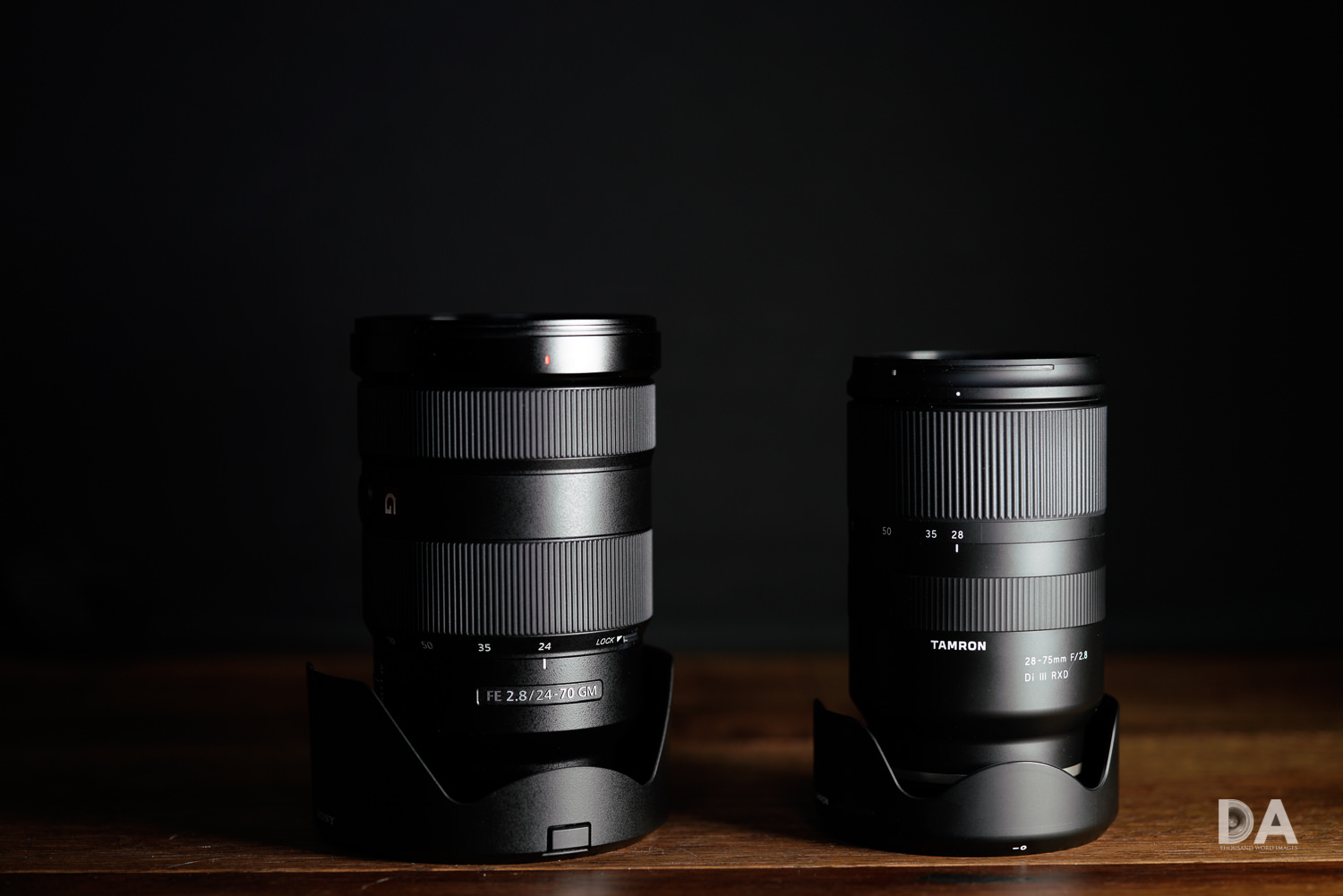

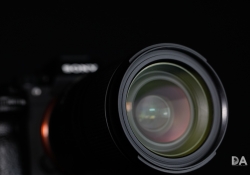

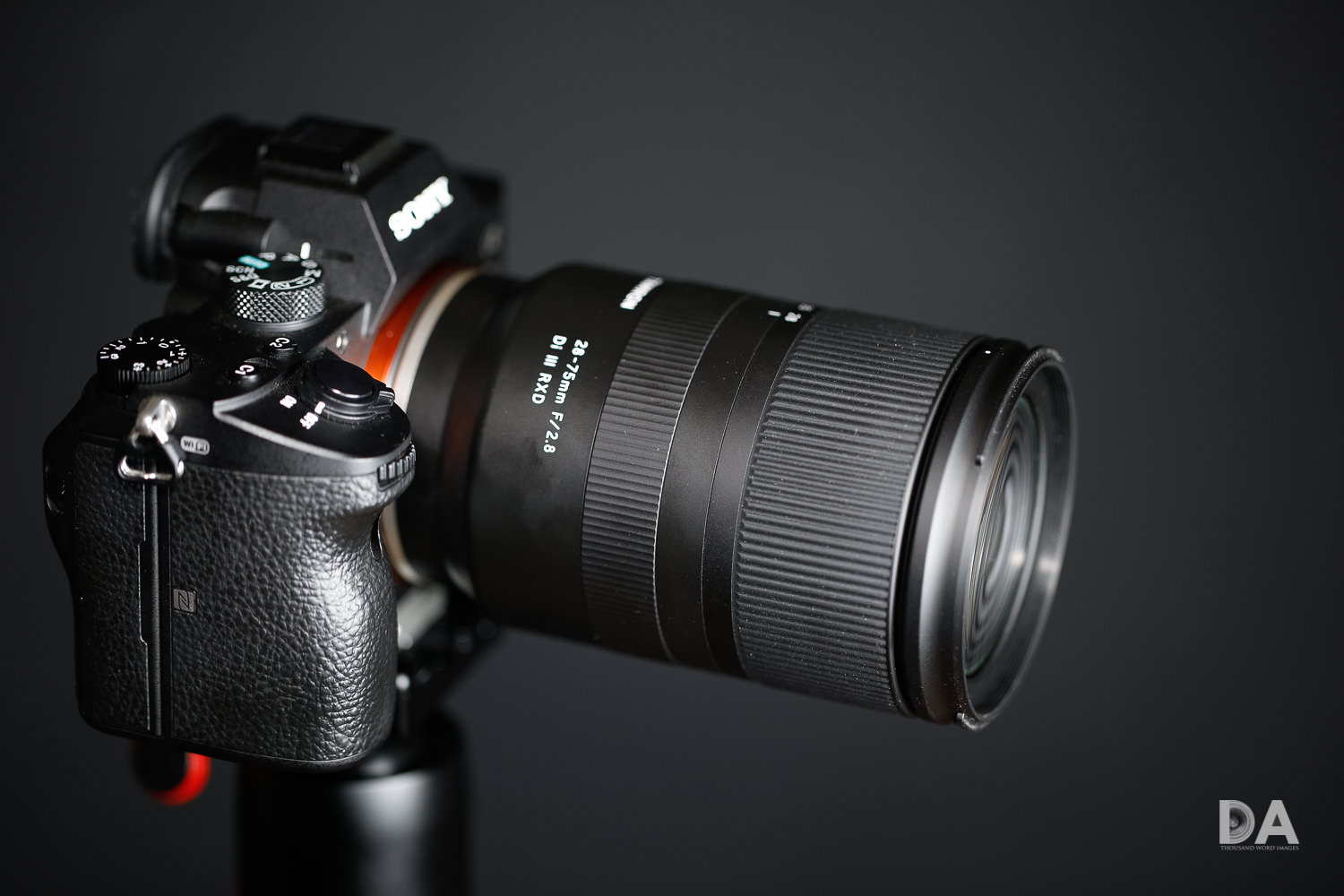
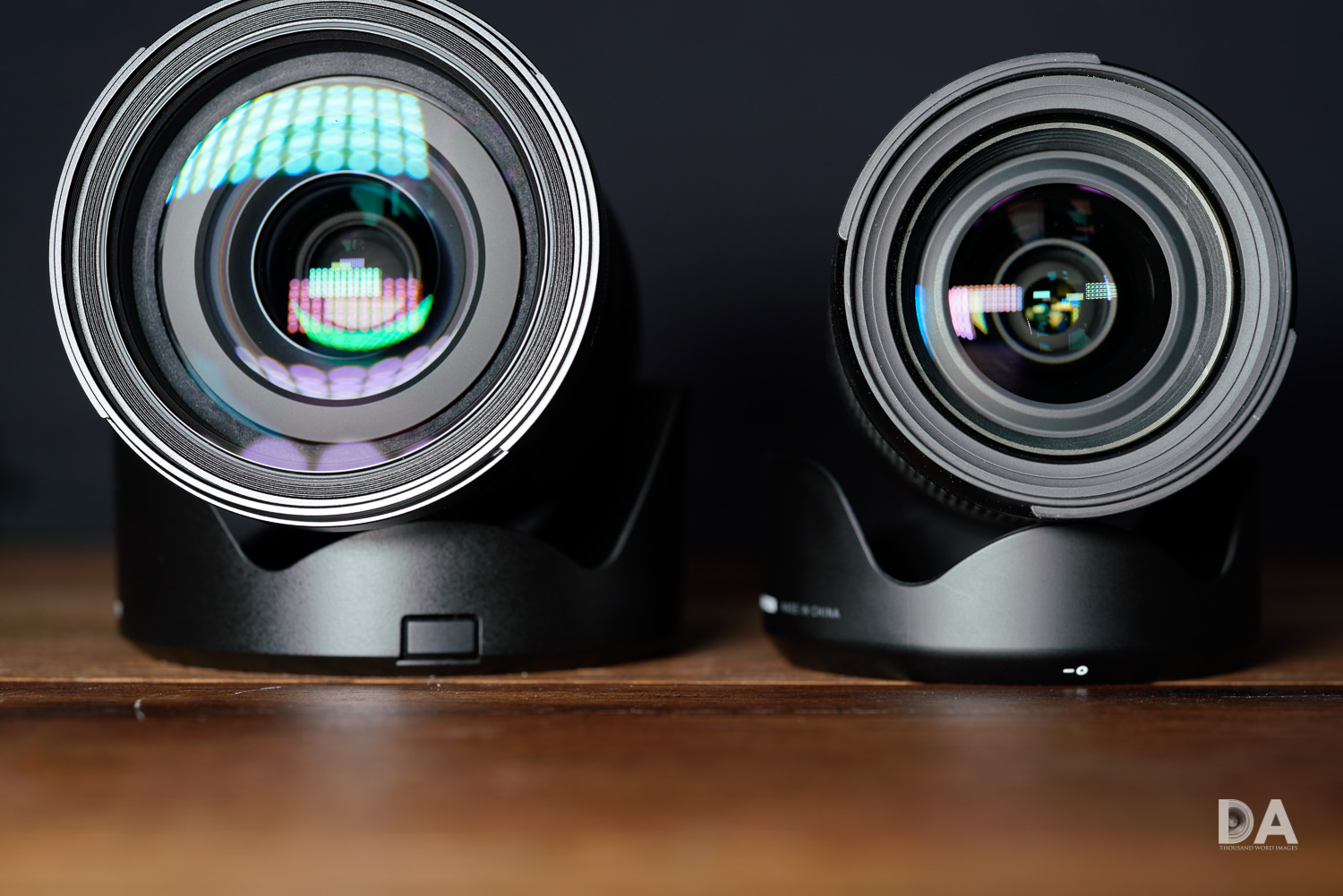
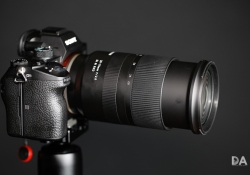
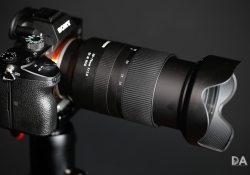
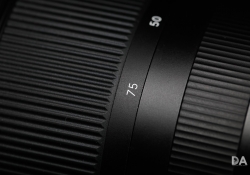
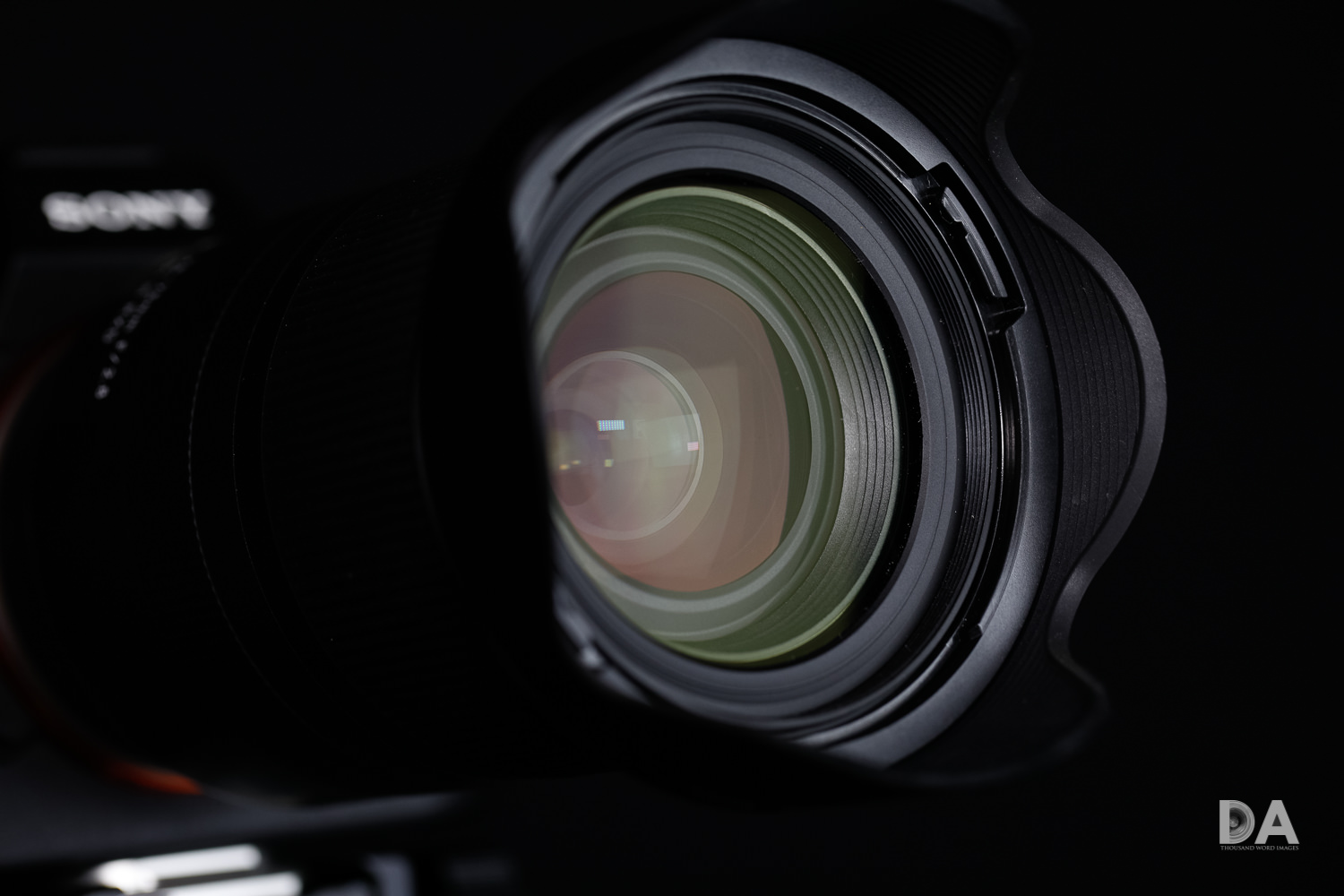
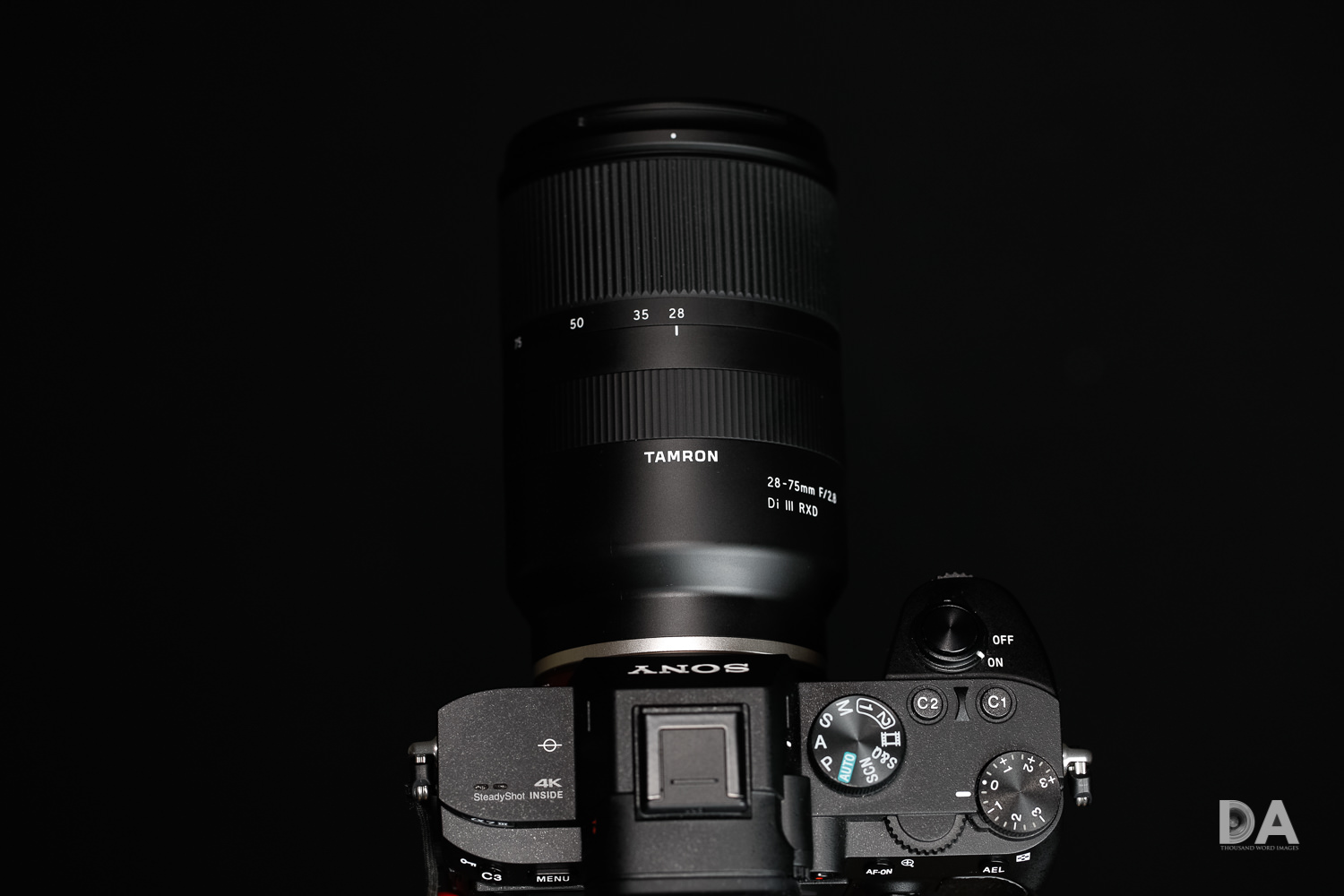












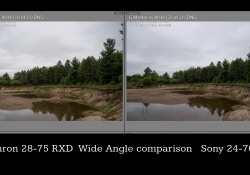
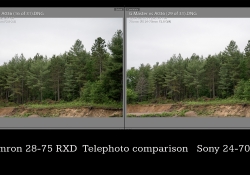
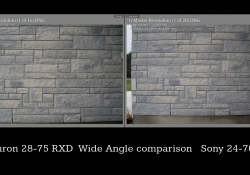


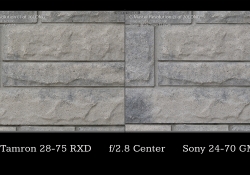
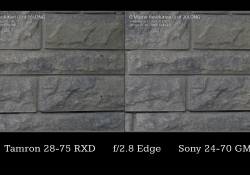
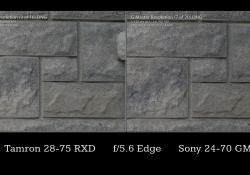
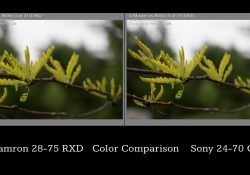
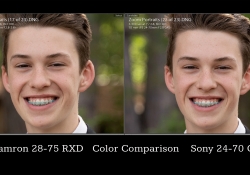
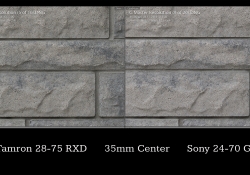
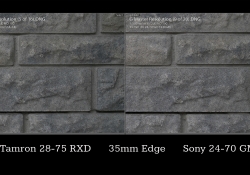
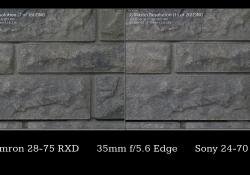
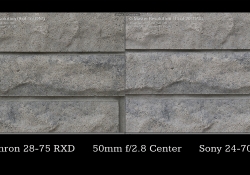
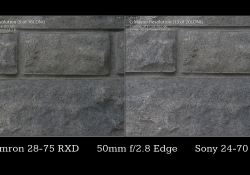

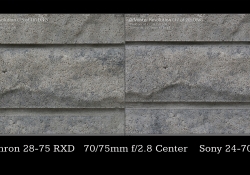
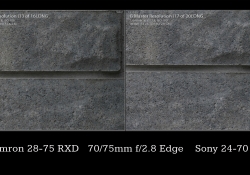
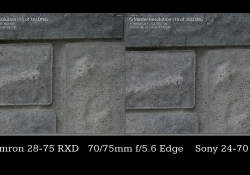






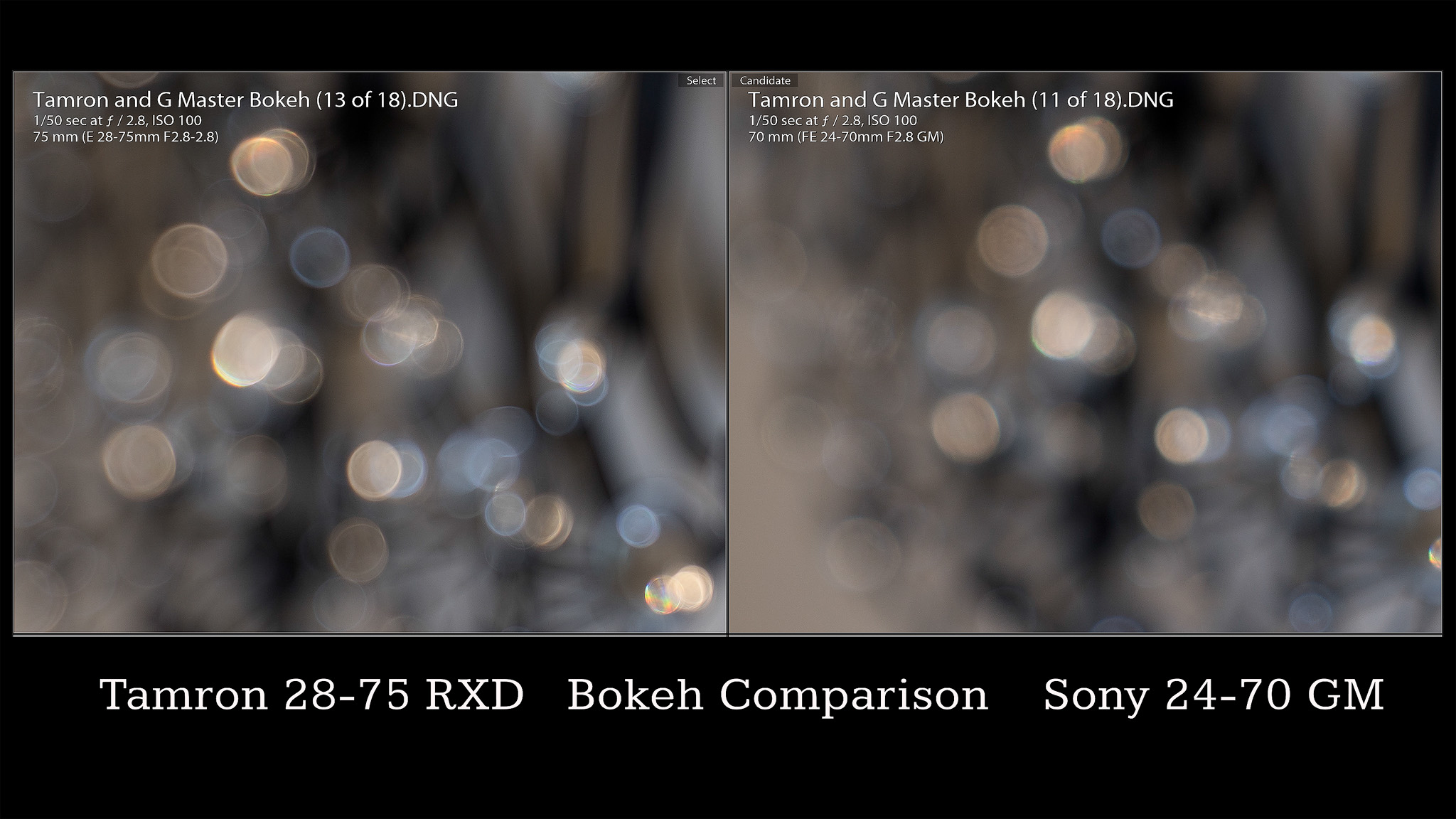
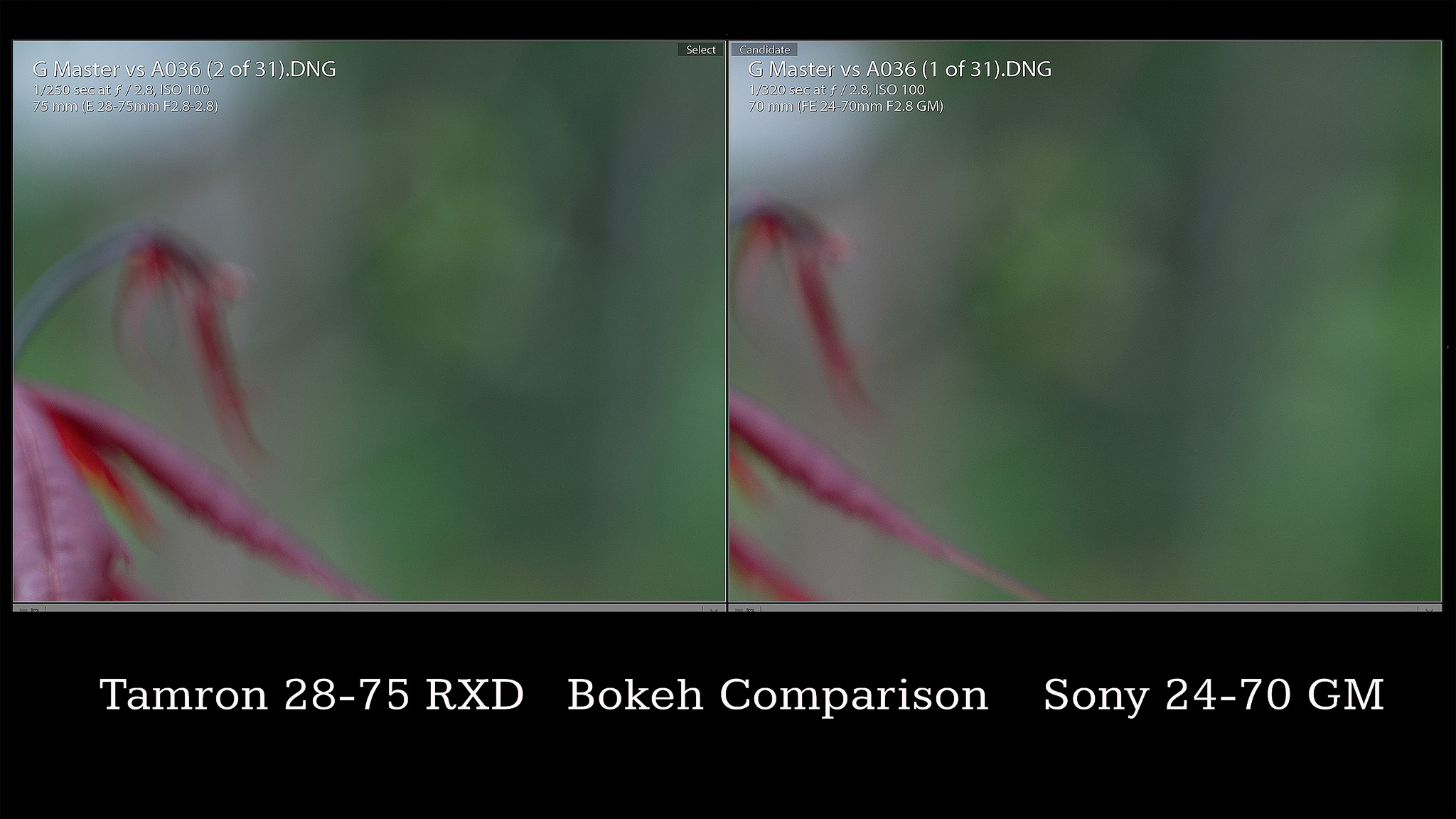



















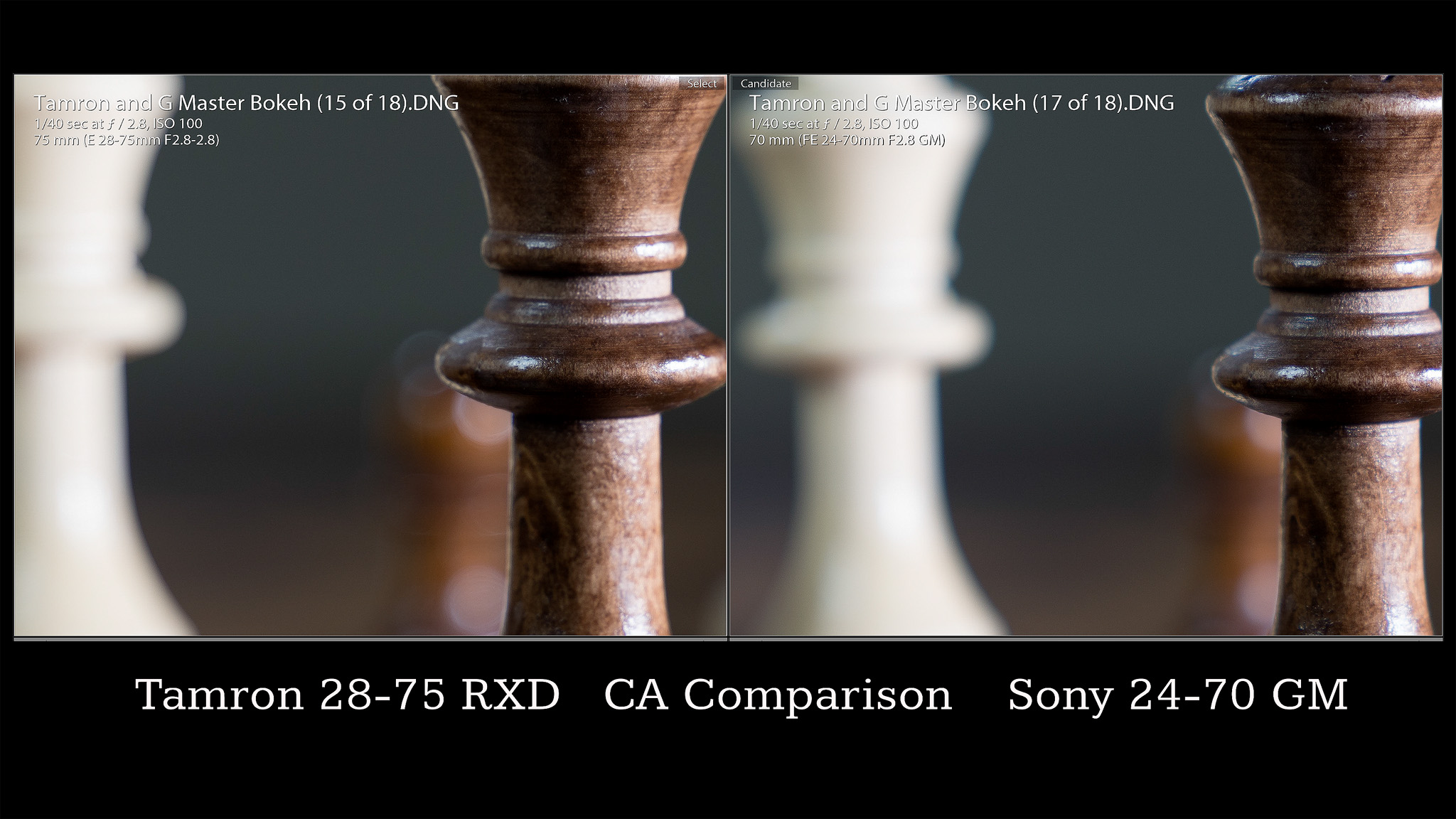
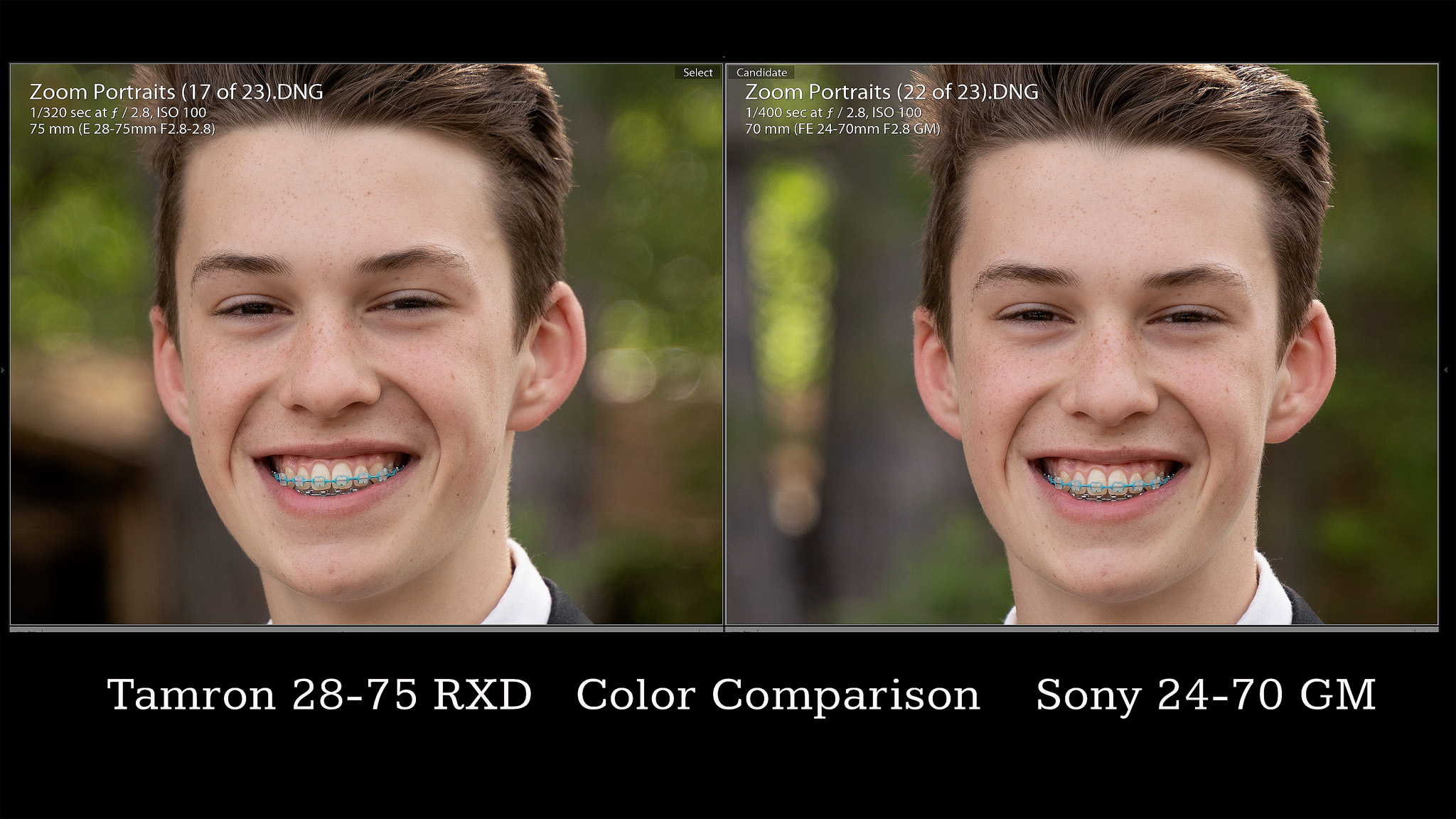









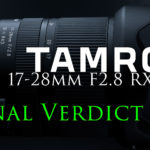

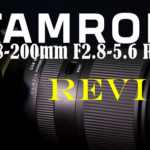

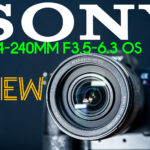



[…] 2018-06-29:Dustin Abbottがレビューを掲載しています。 […]